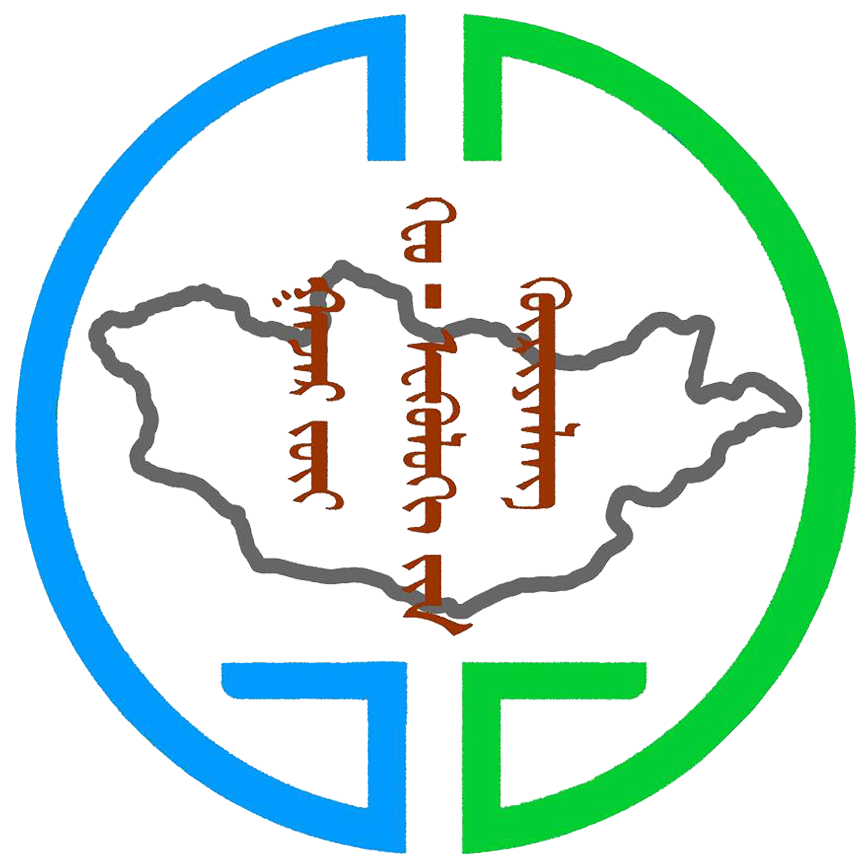The annual ground surface freezing and thawing indices can be useful to assess the temporal changes of ground thermal regime in permafrost and seasonally frozen ground regions. The previous analyses of in-situ observation results show that the annual freezing/thawing index could be reliably obtained from monthly observation data. We thus employ monthly ground surface temperature to calculate the annual surface freezing/thawing index in Mongolia. In this study we used Mann–Kendal test and Sen-slope estimate to perform the temporal and spatial trend analysis of annual surface freezing/thawing index at a set of 20 meteorological stations in Mongolia. The study indicates that the annual surface freezing index displays a general increasing trend at 70% of stations although the trend is not statistically significant, which corresponds to a slight winter cooling over the period 1987–2005 in Mongolia. However, the annual surface thawing index shows a statistically significant increase in Mongolia during the past 19 years. The surface thawing index has increased by 29 °C-days/yr in Mongolia, which is far greater than that in the high latitudinal regions of Northern Hemisphere during recent decades. The intensive increase of annual surface thawing indexes predicted to be responsible for the increase in active layer thickness,as well as the changes of permafrost distribution in this country.
